Best Outdoor Solar Lights That Work in Winter Conditions
Outdoor solar lights bring eco-friendly illumination to gardens, pathways, and patios, but their performance in winter can raise concerns for homeowners. Harsh cold, limited daylight, and snow can challenge even the best-designed systems. This guide explores the hurdles of using outdoor solar lights in winter, key features to prioritize when choosing models, practical optimization tips, and solutions to common issues, ensuring reliable lighting when temperatures drop.
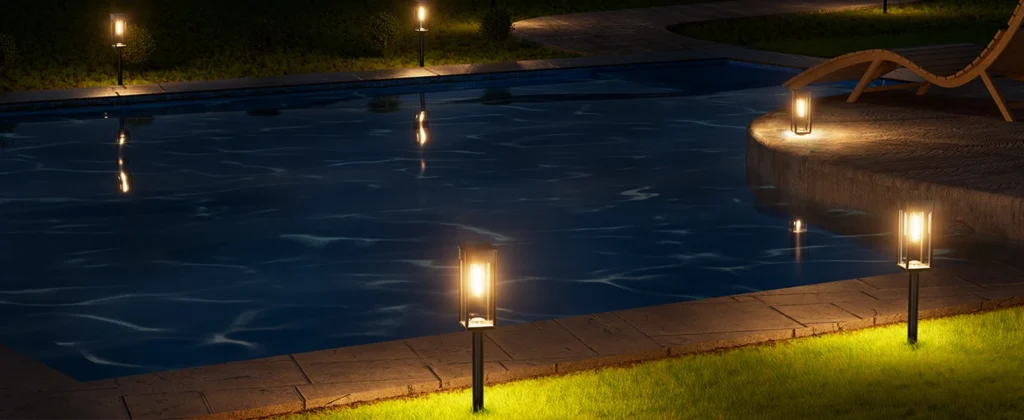
Core Challenges of Using Solar Powered Lights in Winter
Winter poses unique obstacles for outdoor solar lights are designed to work in winter. Understanding these challenges helps users select and maintain systems that perform reliably through cold months.
Impact of Low Temperatures on Battery Performance
Cold weather conditions significantly affect the batteries in solar light systems. Most outdoor solar lights use rechargeable solar cells, such as lithium-ion or nickel-metal hydride (NiMH), to store energy. At sub-zero temperatures, chemical reactions within batteries slow down, reducing capacity and output. For example, lithium-ion batteries can lose up to 20% of their capacity at 0°F, common in regions like Minnesota or Montana during winter. This diminished capacity leads to shorter illumination times or dimmer light output, frustrating users who expect consistent performance.
Freezing temperatures can also damage batteries if they lack proper insulation or cold-resistant designs. Prolonged exposure to cold may cause permanent capacity loss, requiring costly replacements. Selecting outdoor solar powered lights that work in winter requires attention to battery types engineered for low-temperature resilience.
Energy Storage Challenges with Short Daylight Hours
Winter’s shorter days and lower sun angles limit the amount of sunlight available for charging. In areas like Seattle or Buffalo, where winter days may offer only 8-10 hours of daylight—often obscured by clouds or snow—solar panels struggle to generate sufficient energy. This reduced charging window can leave batteries underpowered, especially during consecutive overcast days. For outdoor solar powered lights that work in winter, efficient energy capture and storage become critical to maintaining functionality.
Snow accumulation on solar panels further complicates energy collection. A thin layer of snow can block up to 90% of sunlight, rendering panels ineffective until cleared. These challenges highlight the need for strategic design and maintenance to ensure consistent performance.
Key Factors for Choosing Winter-Ready Solar Lights
Selecting commercial solar lights that work in winter involves evaluating components and features designed to withstand cold and limited sunlight. Here’s what to prioritize.
Core Component Selection: Batteries and Solar Panels
The battery type is a critical factor for winter performance. Lithium iron phosphate (LiFePO4) batteries are a top choice for outdoor solar lights that work in winter due to their superior cold-weather resilience. Unlike standard lithium-ion batteries, LiFePO4 batteries maintain stable performance at temperatures as low as -4°F, making them ideal for harsh climates. NiMH batteries, while less expensive, perform poorly below 32°F and may not suit regions with prolonged freezes.
Solar panel efficiency also matters. Monocrystalline panels, with efficiency rates of 15-20%, capture more sunlight than polycrystalline panels, especially in low-light conditions. For winter use, prioritize lights with high-efficiency panels to maximize energy capture during limited daylight. Look for models with larger panel surface areas or adjustable angles to optimize sunlight exposure.
Cold-Weather Performance Metrics
When shopping for outdoor lighting that work in winter, check for specific cold-weather certifications. Look for an IP65 or higher ingress protection rating, ensuring the light is dust-tight and resistant to water, including melting snow. Temperature range specifications are equally important—choose models rated to operate between -20°F and 120°F to handle extreme conditions.
Some manufacturers provide cold-weather performance data, such as solar cells discharge rates at low temperatures or panel efficiency in cloudy conditions. For example, lights designed for winter use may include thermal insulation around batteries or anti-snow coatings on panels. Reviewing these metrics helps identify models built for reliability in challenging climates.
Optimization Tips for Winter Solar Light Use
Maximizing the performance of outdoor solar lights that work in winter requires thoughtful installation and maintenance. These strategies enhance efficiency and longevity.
Maximizing Light Exposure Through Installation
Proper placement is crucial for capturing limited winter sunlight. Install solar powered lights in areas with unobstructed southern exposure, as the sun sits lower in the sky during winter months. Avoid locations shaded by trees, buildings, or fences, which can block sunlight for hours. For example, in a Chicago backyard, placing lights along a south-facing fence rather than under a tree canopy can increase daily charge time by 30%.
Adjustable solar panels allow users to tilt the panel toward the sun’s angle, improving energy capture. Wall-mounted or pole-mounted lights with tiltable panels are ideal for adapting to seasonal changes. If possible, elevate lights to reduce snow accumulation, ensuring panels remain clear.
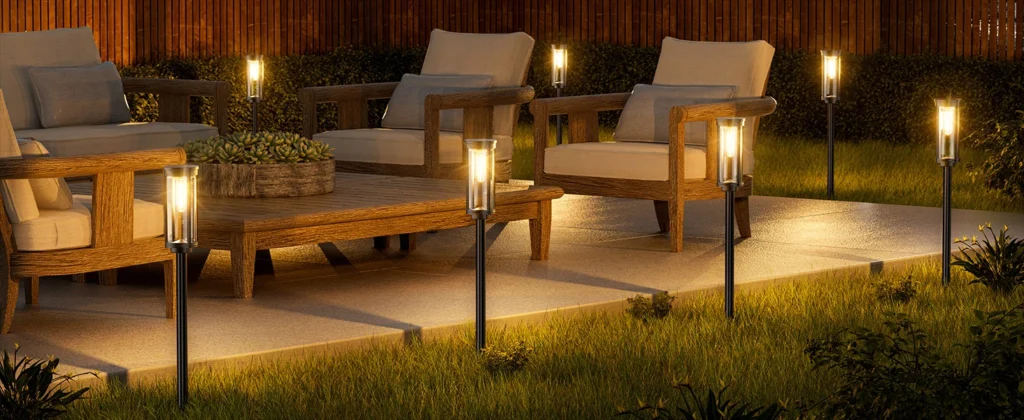
Daily Maintenance and Cleaning Essentials
Regular maintenance keeps outdoor solar lights that work in winter performing optimally. Snow and ice buildup on panels can drastically reduce charging efficiency. Gently clear snow with a soft brush or cloth, avoiding abrasive tools that could scratch the panel. Check for debris like leaves or dirt, which can accumulate even in winter, and clean panels monthly with a damp cloth and mild soap.
Inspect battery compartments for moisture or corrosion, especially after heavy snow or rain. Some lights feature sealed compartments, but checking gaskets and seals ensures long-term durability. For motion-sensor lights, test sensitivity periodically, as cold temperatures can affect sensor performance.
Common Winter Usage Questions Answered
Winter conditions raise specific concerns about outdoor solar lights operate in winter. Here are answers to frequently asked questions to guide users.
Ensuring Startup in Low-Temperature Environments
Many users worry about whether solar lights will activate in freezing conditions. High-quality outdoor solar lights that work in winter are designed with cold-tolerant electronics and batteries. For example, models with LiFePO4 batteries maintain reliable startups at temperatures as low as -4°F. To ensure consistent operation, choose lights with built-in thermal regulation, which prevents battery damage during cold snaps.
If a light fails to start, check for snow or ice blocking the panel, as this can prevent charging and trigger a low-power shutdown. Warming the battery slightly—by bringing the light indoors briefly—can sometimes restore function, though this is a temporary fix. Investing in cold-rated models minimizes startup issues.
Managing Performance During Consecutive Cloudy Days
Extended cloudy or rainy periods, common in places like Portland or upstate New York, challenge solar powered light performance. Outdoor solar lights that work in winter often include high-capacity batteries to store energy for 2-3 days of operation without full sunlight. For example, a light with a 2000mAh battery can typically power a 100-lumen LED for 8-10 hours per night, even after a cloudy day.
To cope with prolonged overcast conditions, consider lights with larger batteries or backup charging options, such as USB ports for manual recharging. Positioning lights to capture diffuse light—such as in open areas away from tall structures—also helps. For critical applications, like security lighting, pairing solar lights with a small indoor backup battery system ensures uninterrupted operation.
Conclusion
Outdoor solar lights operate in winter offer a sustainable way to illuminate outdoor spaces, even in the coldest months. By understanding the challenges of low temperatures and limited daylight, selecting lights with robust batteries and efficient panels, optimizing installation, and addressing common issues, users can enjoy reliable lighting throughout the season. Whether brightening a snowy pathway in Colorado or enhancing a winter garden in Michigan, the right solar lights deliver performance and peace of mind.

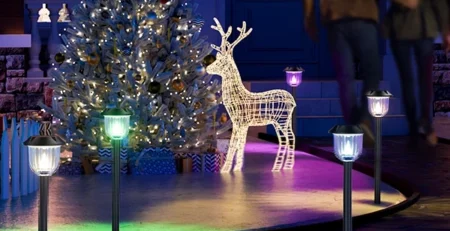


-1-1-450x231.webp)
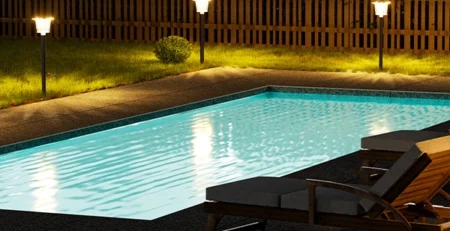
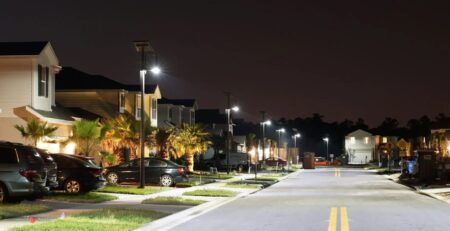

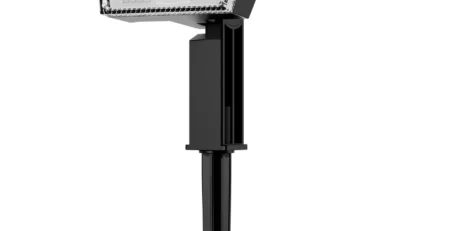
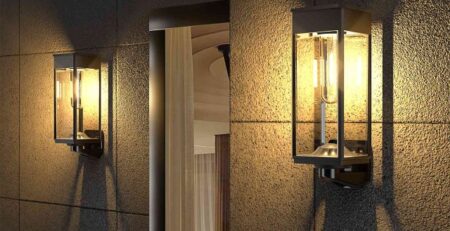
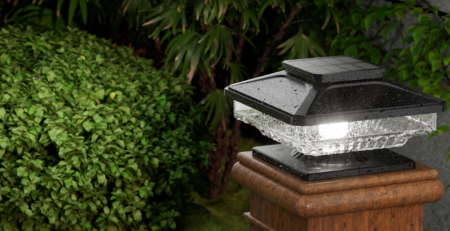
Leave a Reply